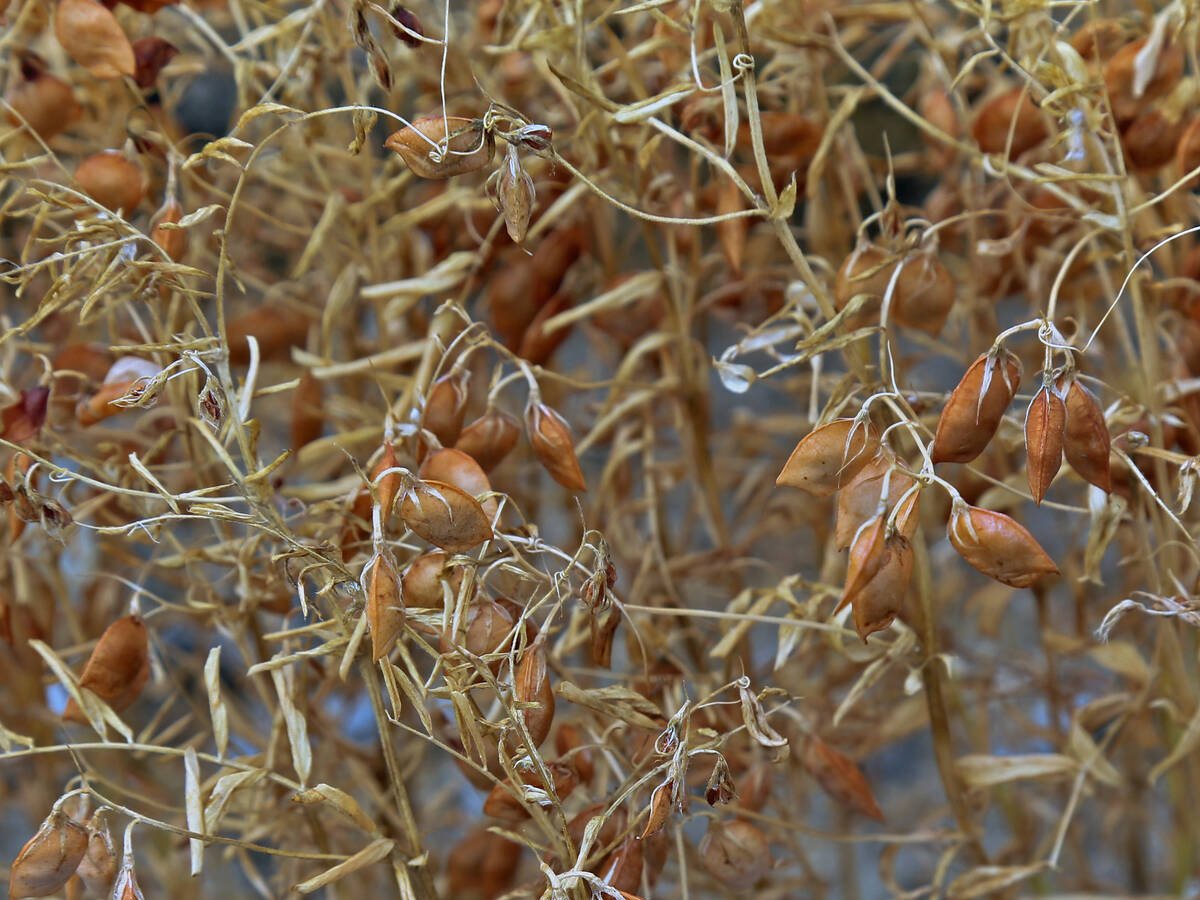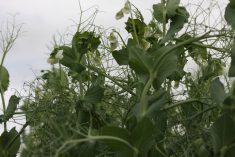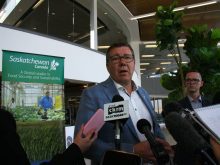Saskatchewan faces the prospect of losing ground to other exporters if it doesn’t embrace a proposal to build an inland port, warns an interim report on the proposed mega-project.
The report is short on specifics but provides a general overview of what is being proposed.
The idea is to build an inland port that comprises bulk and container terminals, rail yards and trucking firms within a 300 kilometre radius of central and southern Saskatchewan.
“The major cities of Moose Jaw, Regina and Saskatoon, when considered as a single entity, provide most of the required assets and services of a port, albeit with a more diffusely dispersed hinterland than the theoretical ideal,” stated the report prepared by Saskatchewan Agrivision and Campbell Agri Business Strategists Inc.
Read Also

Traders forecast record lentil yields for Canada
lentil yields could be phenomenal and that is dragging down prices for both reds and greens.
The inland port would provide a variety of services for importers and exporters: customs clearance, freight forwarding, distribution, warehousing and assembly, and co-ordination of rail, truck and air traffic.
The plan is to serve the Canadian Prairies, Minnesota, North Dakota and Montana and perhaps South Dakota, Wyoming and Colorado.
Exporters in those provinces and states have difficulty attracting containers, so the idea is to lure in the metal boxes by providing a service that could expedite shipment of incoming goods to Toronto and Chicago while shortening the round trip for containers.
The report, prepared on behalf of a steering committee that includes a variety of Saskatchewan economic development groups, shippers and agriculture organizations, said it is essential the project goes ahead.
“The final result may not look like the concept outlined in this interim report but an alternative of similar or larger magnitude is required if the prairie export-based economy is to maintain and increase competitiveness in the global marketplace,” the report said.
The interim report was prepared to whet the appetite for the final report due June 30, which will include a development plan for creating federal tax-free zones in the inland port region to attract distribution centres, assembly facilities and other port services. It will also include a 10-year export volume forecast for the major crops in Canada.















